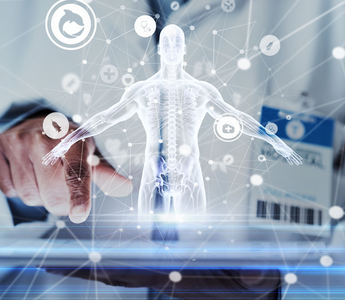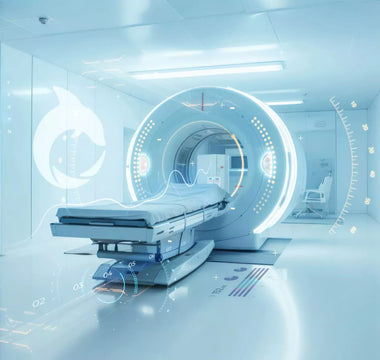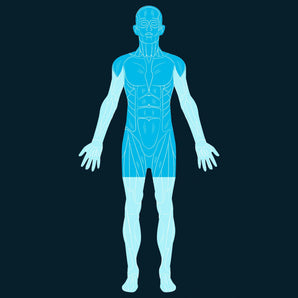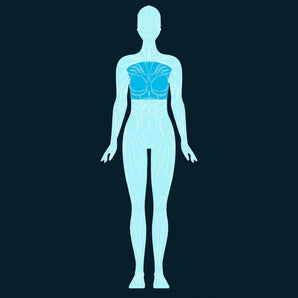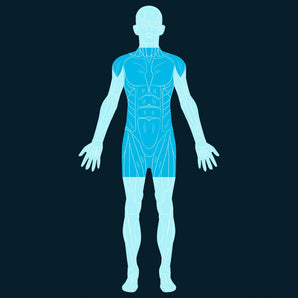Breast cancer remains one of the most significant health challenges worldwide, but recent advances in artificial intelligence (AI) are transforming the landscape of early detection. Imagine a future where breast cancer can be identified up to five years before it develops. Thanks to the latest innovations in AI, this future is becoming a reality.
The Power of AI in Early Detection
AI technology leverages deep learning models trained on vast datasets of mammograms to identify subtle patterns that may signal early-stage cancer. These patterns are often so minute that they escape the notice of even the most experienced radiologists. By analyzing these imaging patterns, AI systems can predict potential cancer risks long before clinical symptoms arise.
Why is this important? Early detection means earlier interventions, less aggressive treatments, and significantly improved outcomes for patients. AI doesn't just support existing medical practices; it redefines the possibilities for saving lives.
Diverse Approaches to AI-Powered Detection
- MIT and Massachusetts General Hospital's Comprehensive Model: Scientists have developed a deep learning model that examines entire mammogram images. This system looks for predictive patterns across the entire scan, offering a holistic approach to risk detection.
- Duke University’s Asym MRI: Researchers at Duke University are focusing on breast tissue asymmetry. This method compares tissue patterns between the left and right breasts, providing a streamlined yet equally accurate alternative. Its transparent approach enhances both speed and reliability in detecting potential issues.
- Britain’s NHS and the MIA System: The National Health Service (NHS) in the UK is testing an AI system called MIA (Mammography Intelligent Assessment). Acting as a second pair of eyes, MIA scrutinizes mammograms for tiny cancerous formations that radiologists might miss, offering an added layer of protection.
A Partner, Not a Replacement
AI’s role in healthcare is not to replace human expertise but to complement it. Radiologists remain critical in interpreting complex cases and making nuanced decisions. AI acts as an assistant, enhancing accuracy and efficiency while alleviating the heavy workload faced by healthcare professionals.

Looking Ahead: What This Means for Women’s Health
The implications of these breakthroughs are profound. Early detection facilitated by AI means:
- Fewer Late-Stage Diagnoses: Identifying cancer earlier significantly increases survival rates.
- Less Invasive Treatments: Early intervention often requires less aggressive therapies, improving patient quality of life.
- Greater Accessibility: AI can bring top-tier diagnostic capabilities to underserved regions, bridging gaps in global healthcare.
Hey! Dive into a Quick Checkup for Your Future Health
The Future of AI in Breast Cancer Detection
As AI systems continue to evolve, their integration into standard medical practices will only deepen. From increasing diagnostic accuracy to personalizing treatment plans, the potential is vast. These technologies remind us of the power of human ingenuity combined with cutting-edge technology.
With AI on our side, the battle against breast cancer takes a decisive leap forward. Together, we are not just detecting cancer; we are predicting and preventing it, ensuring a healthier future for all.
Have you or a loved one been affected by breast cancer? Reach out to LifeAmore to discover how technology and innovation can support better prevention and create a healthier future.


